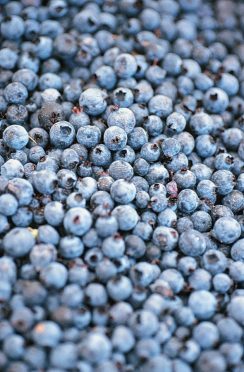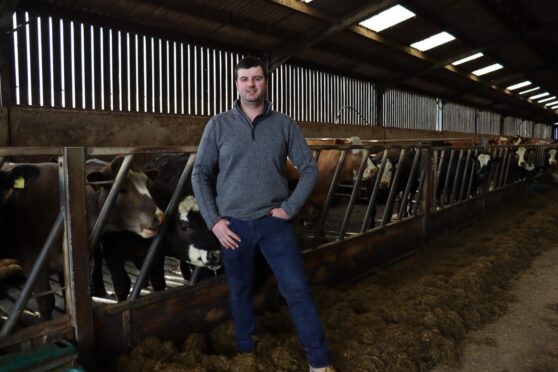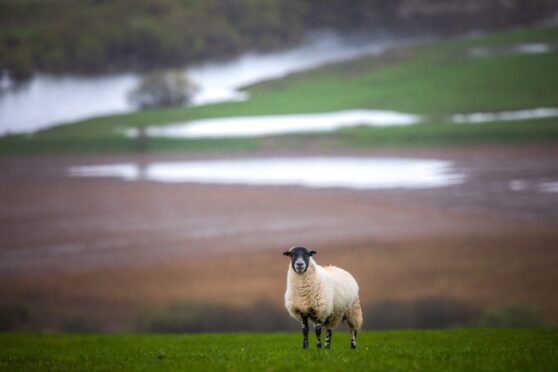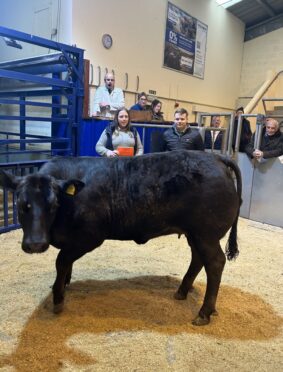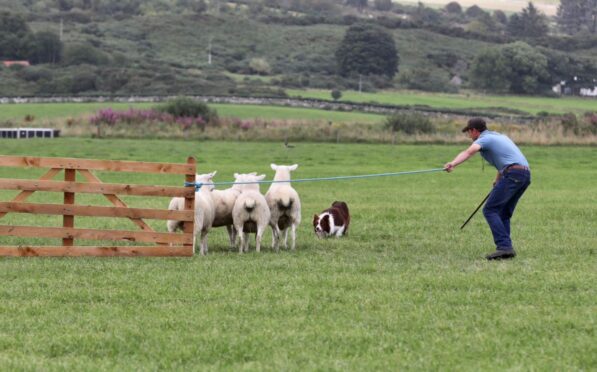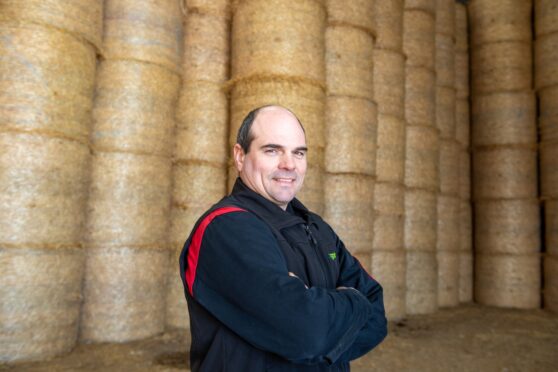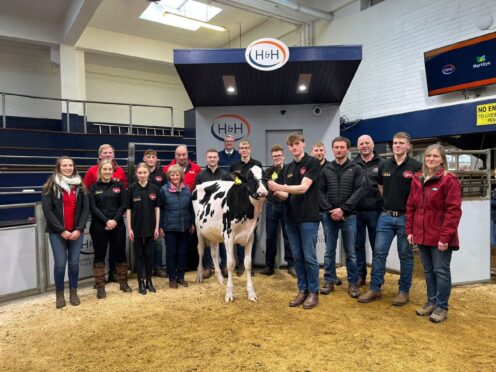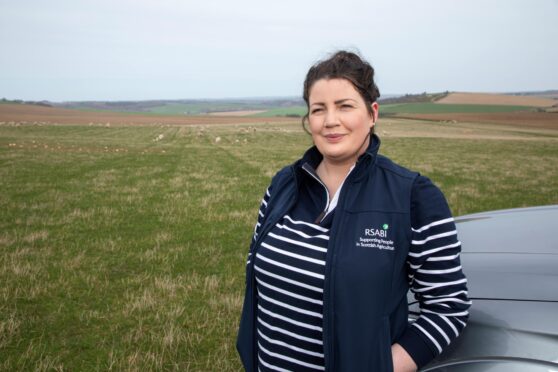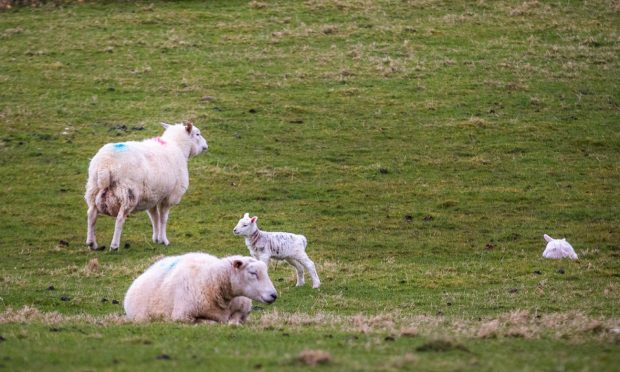Research is underway to develop new varieties of blueberries more suited to the Scottish climate.
New plant breeding technology is being used by researchers at the James Hutton Institute (JHI), which has bases in Aberdeen and Dundee, to develop new varieties more suited to Scottish growing conditions.
The research, which has been funded by the Scottish Government, comes as the amount of blueberries grown in Scotland increased by 10% in the last year.
In addition, researchers at the Rowett Institute for Nutrition and Health, which is based in Aberdeen, have shown that drinking a concentrated berry extract significantly lowers glucose levels after eating.
They said this had been proven to work on a long-term basis and it may hold the key to preventing and managing type 2 diabetes.
Environment Secretary, Roseanna Cunningham, hailed the berry research.
She said: “Blueberries are an increasingly popular fruit in the UK. They are widely considered to have health benefits and of course they count as one of the five a day for fruit and veg.
“Traditionally blueberries are imported to Scotland but this innovative research we are funding is using new technology to develop plants that are more suitable for the Scottish soil and climate as well as helping us to fully understand the health benefits of this fruit.
“Scottish blueberry production is already on the increase and this should help boost local production of this fruit – which is better for the environment and also good news for our economy.”
Julie Graham, who leads the blueberry breeding programme at the JHI, said cutting-edge plant technology was enabling the institute to develop new blueberry cultivars.
She said: “These cultivars, better suited to Scottish conditions, should enable an increase in the home-grown blueberry crop, which will be of benefit to Scottish soft fruit growers. Long term funding from the Scottish Government has been instrumental in supporting this research.”
